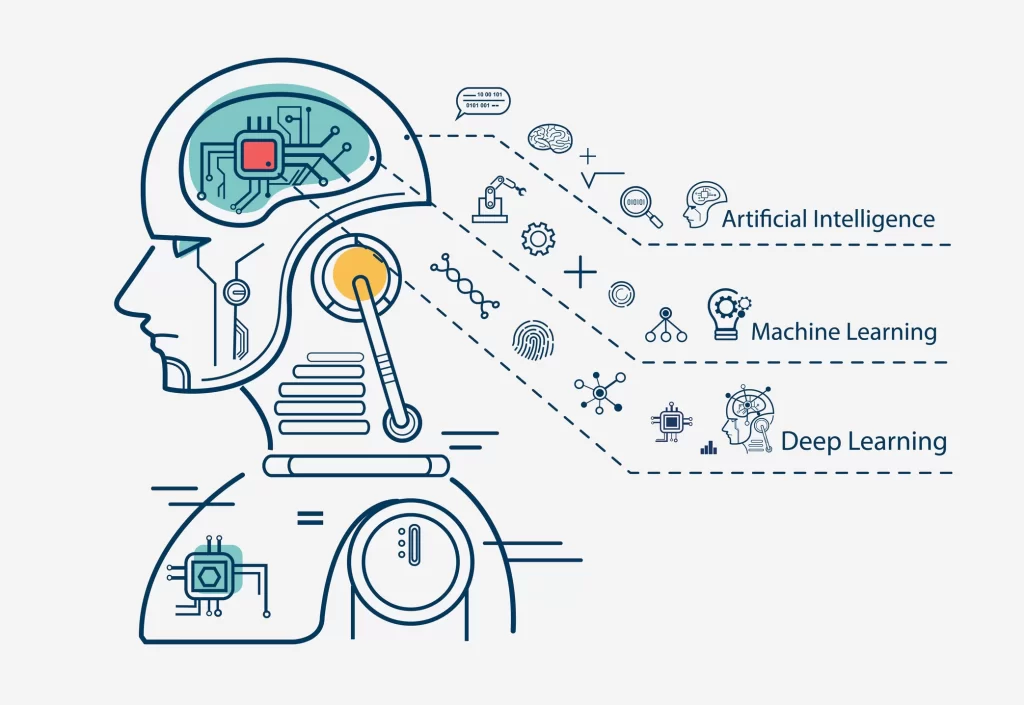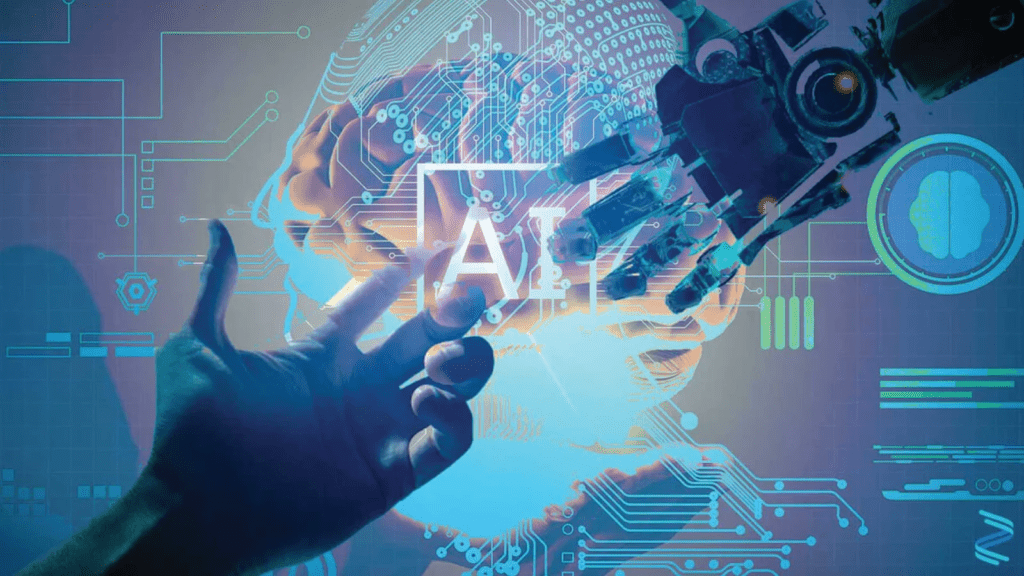Have you ever wondered about the buzz surrounding terms like ‘artificial intelligence’ and ‘machine learning’? While often used interchangeably, these terms actually describe distinct concepts with overlapping technologies but different applications and potentials. This article will demystify ‘machine learning vs ai’ for you using simple language and engaging examples, making it easy to grasp the core differences and their implications for the future.
Understanding Artificial Intelligence
Artificial Intelligence (AI) is a broad field in technology that involves creating intelligent machines capable of performing tasks that typically require human intelligence. These tasks include problem-solving, recognizing patterns, understanding language, and making decisions. AI encompasses various technologies, including robotics, natural language processing, and yes, machine learning.
Exploring Machine Learning
Machine Learning (ML), a subset of AI, specifically focuses on algorithms and statistical models that allow computers to perform specific tasks without explicit instructions, relying instead on patterns and inference. It’s like teaching a child through examples rather than strict rules.
Key Differences Between AI and Machine Learning

While AI aims to simulate broad human intelligence, ML focuses on specific tasks. AI is the ocean, vast and encompassing, while ML is like a wave in that ocean, targeted and defined.
Applications of AI and Machine Learning
From personalized shopping recommendations to autonomous vehicles, both AI and ML are revolutionizing industries in myriad ways. They enhance operational efficiencies, improve predictive analytics, and foster innovation across various sectors including healthcare, finance, and education.
The Impact of AI and Machine Learning on Society
The adoption of AI and ML technologies has significant implications on employment, privacy, and security, influencing societal norms and individual behaviors profoundly.
Future Trends in AI and Machine Learning
Emerging trends in AI and ML point towards more personalized AI, improved machine learning models through advanced neural networks, and increased integration in everyday devices.
Challenges in Implementing AI and ML
From data quality issues to high resource requirements, the path to implementing effective AI and ML solutions is fraught with challenges.
Ethical Considerations in AI and ML
The rise of AI and ML has sparked intense debates on ethics, particularly around bias, privacy, and the potential for misuse.
AI and ML in the Workplace
How are AI and ML reshaping the workplace? From automating mundane tasks to enhancing decision-making processes, these technologies are changing the way we work.
Educational Pathways for AI and ML
Interested in a career in AI or ML? Here’s how you can start, from academic courses to online tutorials.
The Role of Data in AI and ML

Data is the backbone of AI and ML. The quality, quantity, and diversity of data directly influence the effectiveness of these technologies.
How Businesses Use AI and ML
Businesses leverage AI and ML for better customer insights, operational improvements, and strategic decision-making.
AI vs ML: Which Should You Learn?
Choosing between AI and ML depends on your career goals and interests. While AI offers a broad tech landscape, ML provides a focused pathway with deep dive potential into data and algorithms.
Conclusion
Understanding the difference between AI and machine learning is crucial for anyone interested in the future of technology. While they overlap, each has unique features that make them indispensable in the digital age. By grasping their distinctions and applications, you can better appreciate their impact and potential.
FAQs
1. What is the main difference between AI and ML?
AI is a broader concept focused on creating machines that can simulate human intelligence, while ML is a specific application within AI that teaches machines to learn from data and improve over time.
2. Can AI exist without ML?
Yes, AI can exist without ML. Other aspects of AI include rule-based systems, robotics, and natural language processing, which do not necessarily involve learning from data.
3. Is machine learning the future of AI?
Machine learning is undoubtedly a significant part of AI’s future, but it is not the entirety. Innovations in other areas of AI continue to be equally important.
4. How does AI impact our daily lives?
AI impacts daily life through applications like smart assistants, navigation apps, and personalized content recommendations, making everyday tasks more convenient and efficient.
5. What skills are required to start learning AI and ML?
A foundational knowledge in statistics, programming (especially in Python), and data science is essential to start learning AI and ML.

